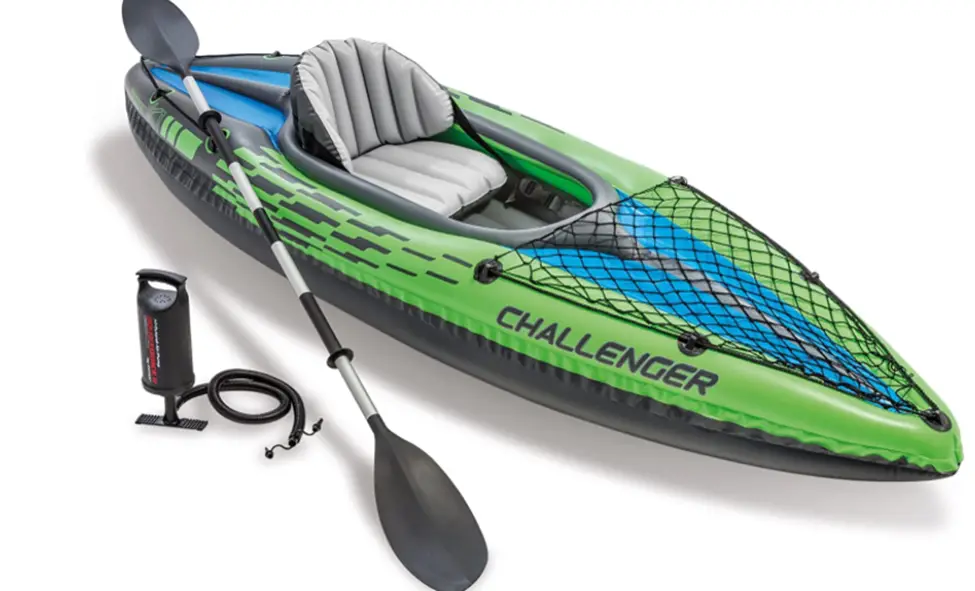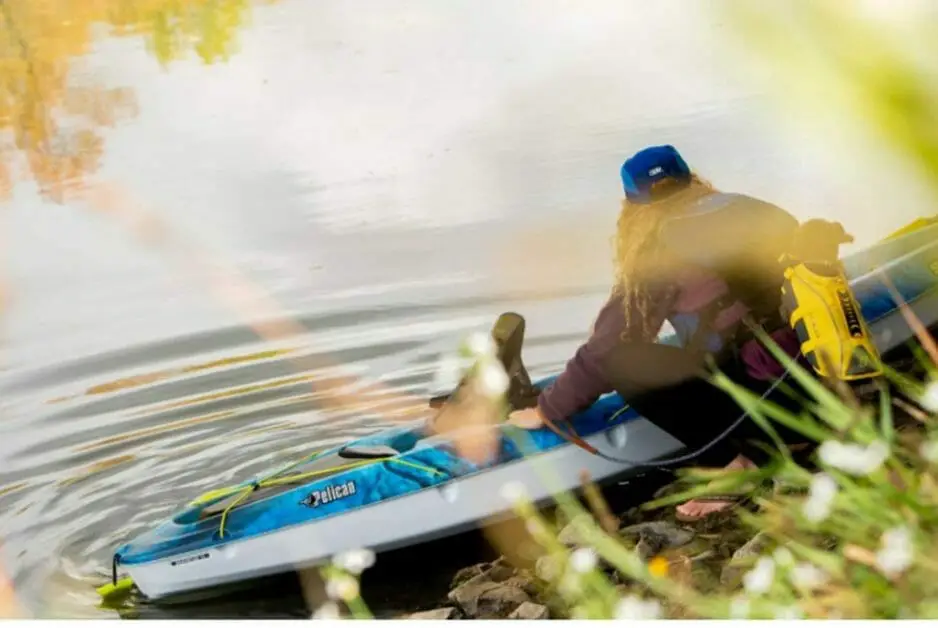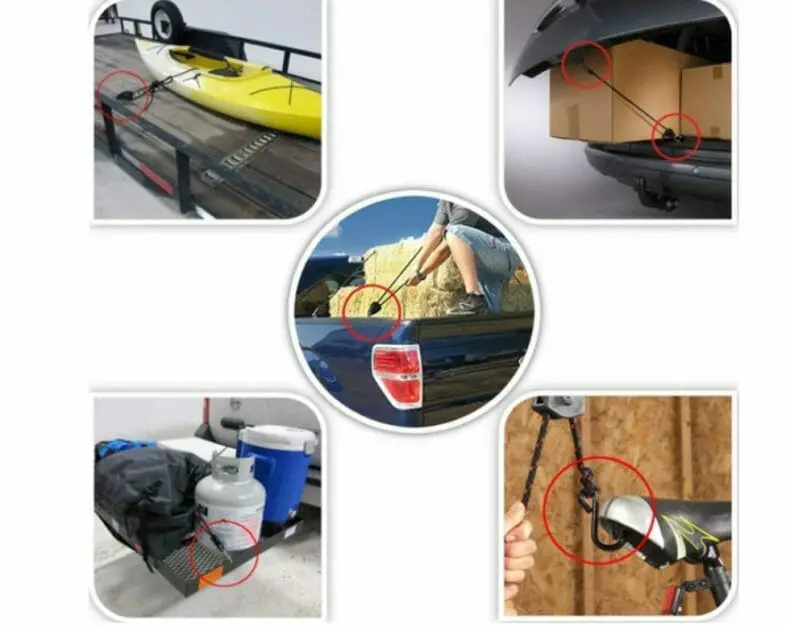Step by Step Guide for How To Load Kayak On J Rack By Yourself

Loading a kayak on a rack by yourself can be frustrating. Follow these steps to load your kayak onto the racks of your j-rack.
Kayaking is a great way to get your adrenaline pumping. And if you’re a thrill-seeker who wants to get the most out of your adrenaline rush, nothing beats getting your Kayak out on the ocean waves and letting the rhythmic paddling take care of all your worries. In this article, we will discuss the question that discourses how to load Kayak on J rack by yourself without hurting your back destructive car, on tumbling your craft. You may want to check this learning guide and tips on ocean kayak accessories for safety.
J Rack – Do You Need One?
When it comes to moving your Kayak, you have a few different alternatives. If you already have a J Rack, don’t worry. I’ll show you how to load a kayak on it. If you’re still undecided, a saddle roof rack for your Kayak can be a good option. This type of roof rack, in my experience, makes putting boats onto your car a lot easier, especially if you’re doing it alone. Before proceeding, you may want to check the guide for the best kayak roof rack in the market.
They are better for persons who are short or elderly who don’t have the upper body strength (or don’t want to) to load a big kayak onto their car. J Racks are popular because they are inexpensive and durable. And however, I prefer to use a different type of rack.
Loading the J Rack by Yourself
A J-shaped cradle roof rack is an excellent solution if you wish to transport more than one Kayak and have a smaller car. The J-purpose cradles are to keep the boat from rolling over. As a result, you’ll have additional room on your roof to store other items. To load a kayak into a J-shaped cradle, begin by standing with the Kayak against your shin.
Step 1: Support the kayak by lifting up your knees then move the kayak above your head and push it on top of the cradles
Start loading a Kayak into a J-shaped cradle by standing with the Kayak against your shins on the ground. The cockpit should be oriented outwards. Be assured that you bend your knees and grab the front of the cockpit with one hand. Bring the Kayak up onto your things with a sliding motion. Raise one of your knees to support the Kayak, then raise it over your head and onto the cradles.
Step 2: Tie down the Kayak
The simplest way to tie your Kayak to your car is with cam bands. You would not require any unique knots, and you feed the bands through buckles and cinch them out.
- Ensure that your Kayak is centered fore and after between your car’s crossbars and that it is parallel to the vehicle.
- Make cam strap with the buckle lying a few inches above and to the side of one of the crossbars on the side of the Kayak. Over your Kayak, toss the other end of the strap.
- Walk around to the opposite side of your car, take the strap’s end, loop it underneath the crossbar, and sling it back over your boat.
- Loop the end of the strap below the crossbar, then up into the cam buckle and cinch it down.
- Tighten the other strap as well, but not too tightly.
- Shake the Kayak from side to side by holding one of the ends. Repeat with other straps and tighten both belts until sung but not over tight.
- Grab hold of either end of the Kayak and shake it from side to side to ensure it is secure.
If you need more information, you may want to check our guide on how to lock up a kayak aside from trying it.
Step 3: Kayak Lifting – Practice make perfect
Cumulative, the frequency or duration of your Kayak lifting session enhances the water performance. Nevertheless, kayaking develops your balance and stability, rooted in your core, essential for maintaining optimal posture, proprioception, and maintenance while paddling. Moreover, it also enhances the strength of your body. The stronger your muscles, the more competent you become at removing water resistance and bringing more force with each stroke. (1, 2)
FAQs
What is the weight of Kayaks usually?
Kayak typically weighs between 40 and 80 pounds. A recreational kayak will be lighter and smaller than a touring or sea kayak. This will make it easier for you to lift your craft into your car’s J rack on your own.
The best way of lifting and carrying a Kayak
If you are carrying a lighter or shorter kayak, consider taking it on one shoulder. Begin by standing in front of the Kayak, parked on the ground. The cockpit should face outwards and be up against your shins. Begin by bending your knees and placing both hands on the cockpit edge. Bring the Kayak up against your thighs with a sliding motion. The whole time, your knees must be bent. Use your right hand to grab the opposite cockpit rim once you have brought the Kayak to rest on your thighs. You should be ensuring that the Kayak is positioned contentedly on your shoulder.
Ways to protect your back while carrying the Kayak
There are a few things to remember when lifting your Kayak to safeguard your back.
- When lifting and carrying your Kayak, always bend from the knees rather than the waist. Even though the Kayak does not feel heavy to you, improper form can damage.
- While transporting the Kayak, you can put on your PFD. I propose doing so because it will save you time on the water, and the shoulder strap will cushion your shoulder when carrying your Kayak.
- When you pick up your Kayak, the bow should be facing forward. This will make lugging it a lot less complicated. It may appear that it will have little effect, but believe me when I say it will.
Longer Side or Sit-On Style?
Some kayaks are much longer than others and might be too heavy to carry on one’s shoulder. You will probably find this difficult to carry if you have a slit on top Kayak. However, they don’t have a cockpit rim to rest your shoulder, and they are not as comfortable. In these conditions, look for a companion who can assist you raise and transporting the Kayak.
You and the other person lift jointly with a two-person carry. At the bow and stern of the boat, each person will grab one of the grab-loop or toggle hand-holds. To avoid damage, assure that you are bending at the knee and communicating with another person all the time. For the safety of yourself, make sure that all movements are synchronized. These act like wheelbarrows and attach to one end of the Kayak, enabling you to carry the other end and roll your craft to and from the water.
Different ways in which you can move your Kayak from the Car to the Water
If you have a plastic kayak, you can always employ the tried and true method of transportation that every kayaker worth his salt has used at one point in their career.
- You can drag your Kayak.
- You can do this by gripping onto the grab-loop or toggle hold found at the bow of the boat.
- Plastic kayaks will get scratched up anyway, and if you have a cheap one from Dick’s Sporting Goods or something, don’t be afraid to bang it around or drag it over some sand.
- Of course, you should never drag fiberglass or composite boat. You’ll probably end up with significant damage that will cost a fortune to repair if you do.
- If you have expensive fiberglass or composite Kayak that you cannot transport and load by yourself, invest in a kayak cart and a good suction roller to assist you to guide your boat onto your roof rack effortlessly.
Wrapping Up
By reading this article, I hope you will know how to lift a kayak and load it into a J-rack without any assistance, and you are ready to go on lots of striking kayaking explorations. Moreover, disseminating your Kayak on the roof rack with a hot tie is imperious in elevating safety when driving. We have demonstrated a lot of tips to consider while tying a kayak on the rooftop. As such, you can have safe travels and seamless loading and offload of your Kayak. However, it is good to have a backup plan if you find yourself without one of these aftermarket load-assisted tools.
References
(1) optimal posture – https://medlineplus.gov/guidetogoodposture.html
(2) proprioception – https://www.webmd.com/brain/what-is-proprioception




